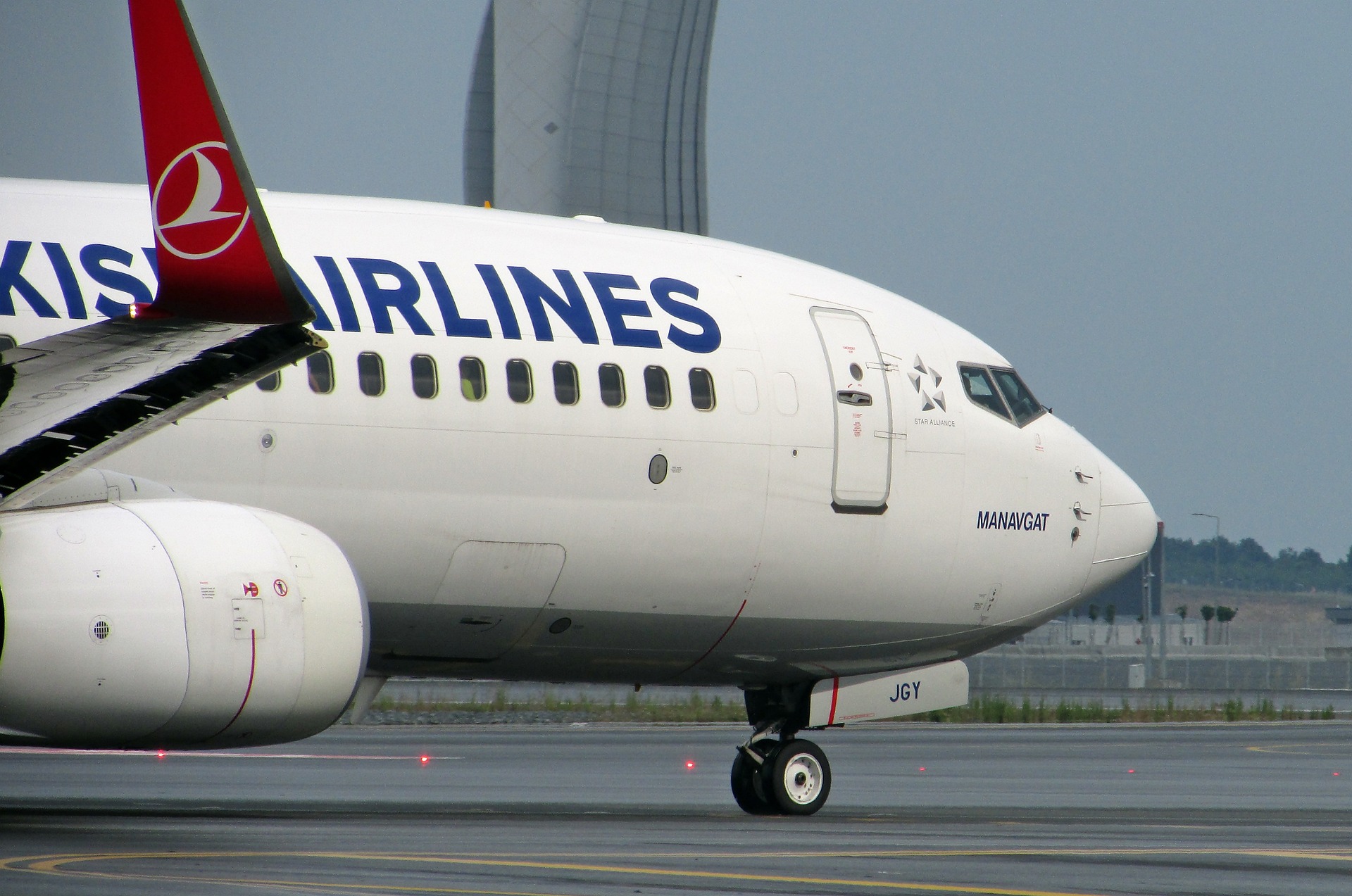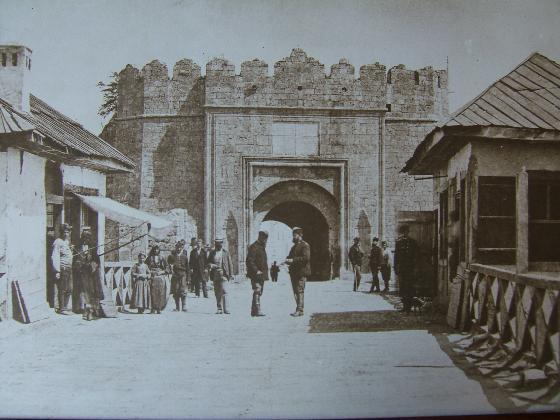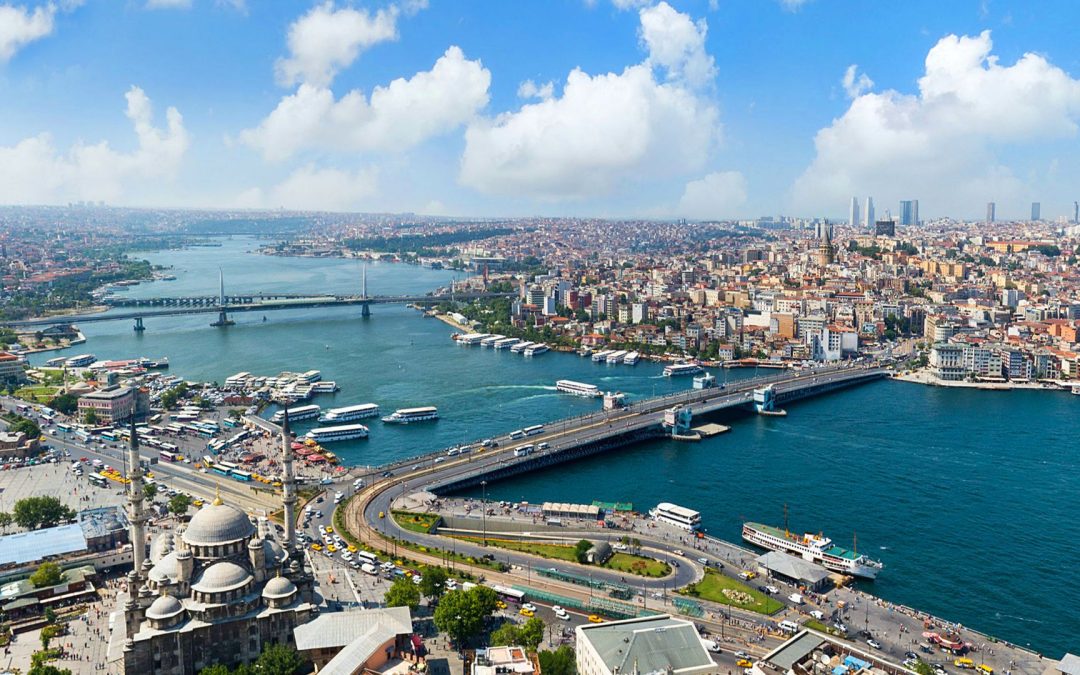OUR BLOG
TURKEY AND SERBIA: GOLDEN TIME OF BILATERAL RELATIONS
BILATERAL RELATIONSHIPS
The Republic of Turkey is a land of luxurious beauty that spans two continents. The largest part is located on the Anatolian peninsula and the least in southeastern Europe. It is a land of contrast and exceptionally rich tradition, culture, and history. It is also called the land of the four seas, and there is also a tradition that the Roman emperor Mark Antony chose the Turkish coast as a wedding gift to his beloved Cleopatra. Apart from the coast, the Turkish landscape is also marked by natural localities and ancient cities, such as Pamukkale, Cappadocia and Ararat, Istanbul, and Koniye. In this land, two of the seven secular wonders of the ancient world are found – the Mausoleum at Halicarnassus and the Temple of Artemis at Ephesus.
Bilateral cooperation
Official bilateral cooperation between Turkey and Serbia was established in 1879. Today, the political relations between the two countries are very intense and substantial, as evidenced by the large number of visits at the highest level. During the visit of Turkish President Recep Tayyip Erdogan to Serbia in September 2022, Serbian President Aleksandar Vučić said at a press conference that this is the golden age of Serbian-Turkish relations. A large Serbian-Turkish business forum was also held during the visit.
Turkey openly stood behind the “Open Balkans” project, and Turkey’s support is significant in connection with the continuation of the dialogue between Belgrade and Pristina, which should lead to a compromise and a mutually acceptable solution.
Istanbul – the Magic of the Orient
Istanbul is the largest financial and economic center, and Ankara is the capital of Turkey. In them, you will always meet friendly, hospitable, and smiling people. Formerly Constantinople, the capital of the ancient Byzantine Empire, Istanbul is located on a peninsula between Europe and Asia. It is often referred to as the magic of the Orient and represents a collision of the cultures of the East and the West. The trademark of the city is the famous Hagia Sophia, formerly the largest Christian church in the world, which Mehmed II the Conqueror turned into a mosque.
 Hagia Sophia
Hagia Sophia
This city is rich in cultural heritage, and the most famous is Topkapi Palace. In Istanbul, you can see numerous mosques, churches, synagogues, and museums that bear witness to the culture and customs of the Ottoman Empire, with which our culture is historically intertwined.
Thus, in the old part of Istanbul, there are still two Mehmed Pasha mosques, both built during the lifetime of the great vizier of Serbian origin, Mehmed Pasha Sokolović. It is known that Belgrade Forest and Belgrade Gate got their names from Belgraders who were moved to Istanbul by order of Sultan Suleiman the Magnificent, to take care of Constantinople’s water supply. It was after the conquest of Belgrade in 1521.
 Walls of the Belgrade Gate
Walls of the Belgrade Gate
On the other hand, it is recorded that the son and successor of Suleiman the Magnificent, during whose reign the Ottoman Empire included most of Southeast Europe, Western Asia, and North Africa, Selim II, was enthroned in Belgrade in 1566.
Istanbul is also proud of the historic building of the Sirkeci railway station. This was the last stop of the Orient Express – “the king of trains and the train of kings” – between Paris and Constantinople from 1883 to 1977.
Another landmark of the city is Istanbul’s Kapali Bazaar, which has 64 streets and 4,000 shops. One of the oldest shopping centers in the world, the Grand Bazaar, receives up to 400,000 visitors a day, and Istanbul itself is visited annually by more than a million tourists.
 Grand Bazaar
Grand Bazaar
Mustafa Kemal Ataturk
The Turkish War of Independence, launched by Mustafa Kemal Ataturk and his associates against the occupation of the Allied Powers, led to the abolition of the monarchy in 1922 and the establishment of the Republic of Turkey in 1923. Ataturk implemented numerous reforms, which turned Turkey into a modern, secular, and European-oriented state.  This is why the Turkish parliament awarded Mustafa Kemal the surname “Ataturk” (Father of the Turks), which only he bore.
This is why the Turkish parliament awarded Mustafa Kemal the surname “Ataturk” (Father of the Turks), which only he bore.
Political arrangement
The Turkish political system is based on the principle of separation of powers into legislative, executive, and judicial, and the Constitution is the supreme law of the state.
The president is the head of state and head of government and is elected by the Turkish Grand National Assembly. To be eligible for this position, the candidate must be a Turkish citizen over the age of 40, eligible for election, and must have a university degree.
Executive power is in the hands of the President and the Council of Ministers. The president nominates ministers, whose appointment must be approved by the Turkish Grand National Assembly.
The legislative power belongs to the Grand Turkish National Assembly, a unicameral body with 550 seats.
Economy of Turkey
Turkey’s economy is the 17th largest economy in the world by gross domestic product. This country is one of the largest producers of silver, gold, oil, and natural gas in Southwest Asia, and a major exporter of food, clothing, jewelry and plastics, raw materials, machinery, and motor parts. The Turkish lira is the national currency. Tourism is a very important branch, and the famous Turkish resorts are Bodrum and Antalya. The Turkish national airline company Turkish Airlines is among the largest airlines, and Ataturk Istanbul Airport is among the 40 largest in the world. According to the latest available data from the Serbian Chamber of Commerce, around 1,300 companies with Turkish capital operate in our country in the textile, automotive, construction, and machinery sectors, as well as in banking and tourism.
According to the latest available data from the Serbian Chamber of Commerce, around 1,300 companies with Turkish capital operate in our country in the textile, automotive, construction, and machinery sectors, as well as in banking and tourism.
Kitchen
Turkish cuisine, like the country itself, is equally diverse and rich. Turks approach food preparation as an art, so most dishes and sweets tickle all the senses. Many dishes are very similar to dishes that can be found on Serbian tables, such as stuffed peppers, moussaka, traditional Turkish vegetable güveç, or Kapama.
Turkey is widely known for sweets, primarily baklava and Turkish delight, as well as Turkish coffee, which is drunk with ginger, honey, or pistachios.
Interesting facts
Tulips were first cultivated in the Ottoman Empire. When the Dutch ambassador to the court of Suleiman the Magnificent first encountered tulips, he brought their bulbs to Amsterdam.  Although Turkish coffee is famous all over the world, the most popular drink in Turkey is still tea. Turks consume it in special tulip-shaped glass cups.
Although Turkish coffee is famous all over the world, the most popular drink in Turkey is still tea. Turks consume it in special tulip-shaped glass cups.
In 1503, Leonardo da Vinci drew up plans for a bridge over the Golden Horn – the Bosphorus bay that separates Istanbul. The bridge was never built, although Turkish President Erdogan announced a few years ago that a project was underway to finally realize Da Vinci’s plans.
Saint Nicholas was born on the territory of present-day Turkey, while the first Christian church built by man (St. Peter’s Church) is located in Antioch, and the first church dedicated to the Mother of God (Virgin Mary) is located in Ephesus.
 Ephesus.
Ephesus.
Noah’s Ark is believed to have come to rest on Mount Ararat in eastern Turkey.
In Istanbul, the metro was opened in 1876 and is the oldest metro in continental Europe. The only oldest subway in the world is the London Underground, which opened in 1863.
Before Christianity became the accepted religion in this area, in Cappadocia, Christians hid secretly in underground cities dug into the rocks, fleeing from Roman soldiers. Today, Cappadocia is one of the most famous tourist destinations in Turkey, offering hot air balloon rides and breathtaking views of the area. Alexander the Great cut the Gordian Knot near Ankara. The double knot technique of the same name is used in Turkish carpets today.
Alexander the Great cut the Gordian Knot near Ankara. The double knot technique of the same name is used in Turkish carpets today.
Cultural heritage
The rich cultural heritage of the Ottoman civilization is woven in different ways not only in Serbia but also in the Balkans.
It is recognized in objects, customs, language-Turkisms, music, but also food. Thus, in Serbia, there are still today fortresses, hammams, mosques, tombs, fountains and bridges from the period of Ottoman rule. After the conquest of Belgrade, many Turkish words entered the Serbian language, such as pillow, gate or neighbor, but also numerous toponyms such as Bulbuder, Dorćol, Kalemegdan, Pasha’s hill and Rospi ćuprije. The adopted food culture is reflected even today in dishes, but also in words such as sarma, đuveč, burek, pickle jam, sherbet and baklava.
 Niš fortress- entrance, 1878.
Niš fortress- entrance, 1878.








 2018
2018